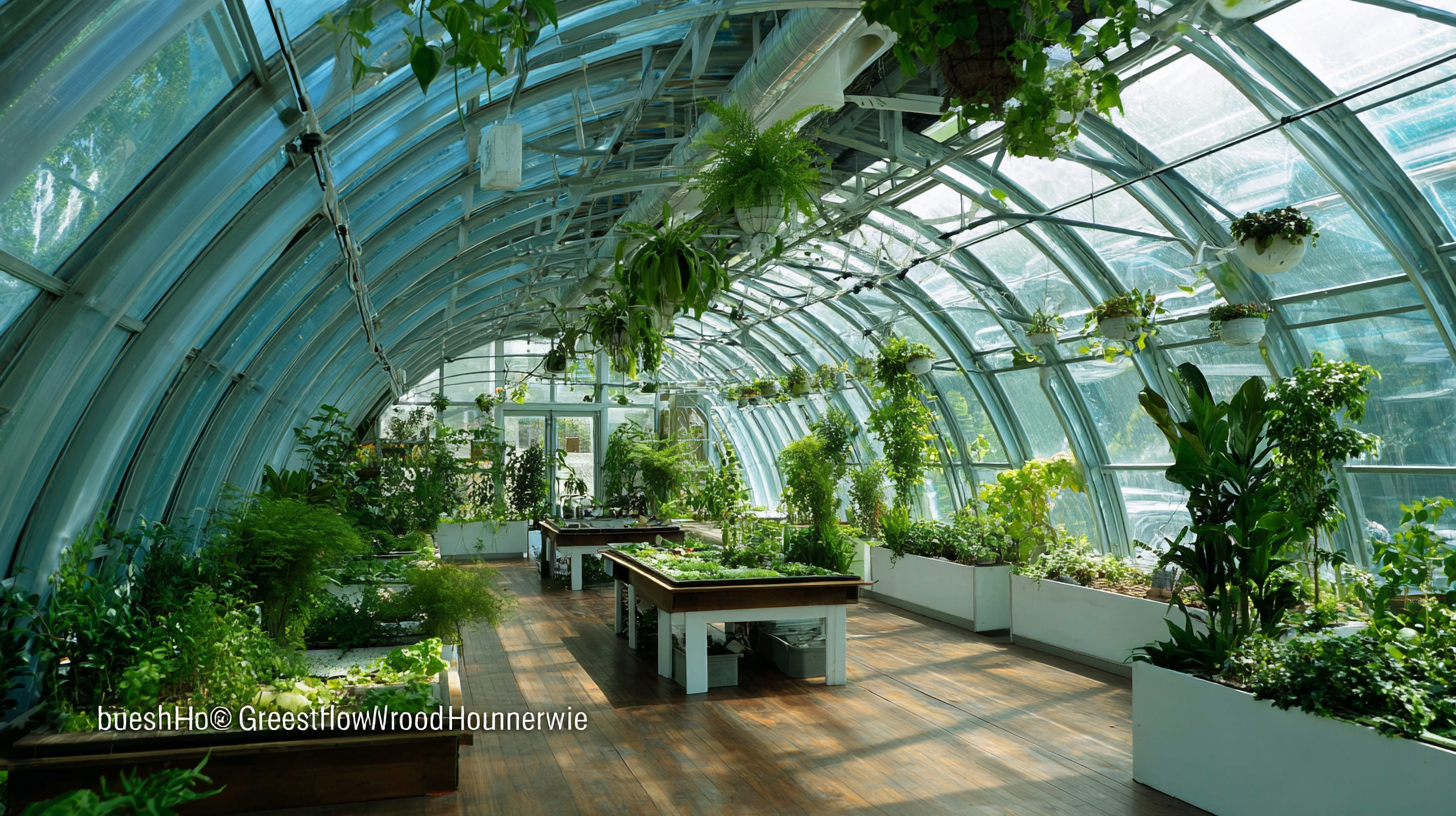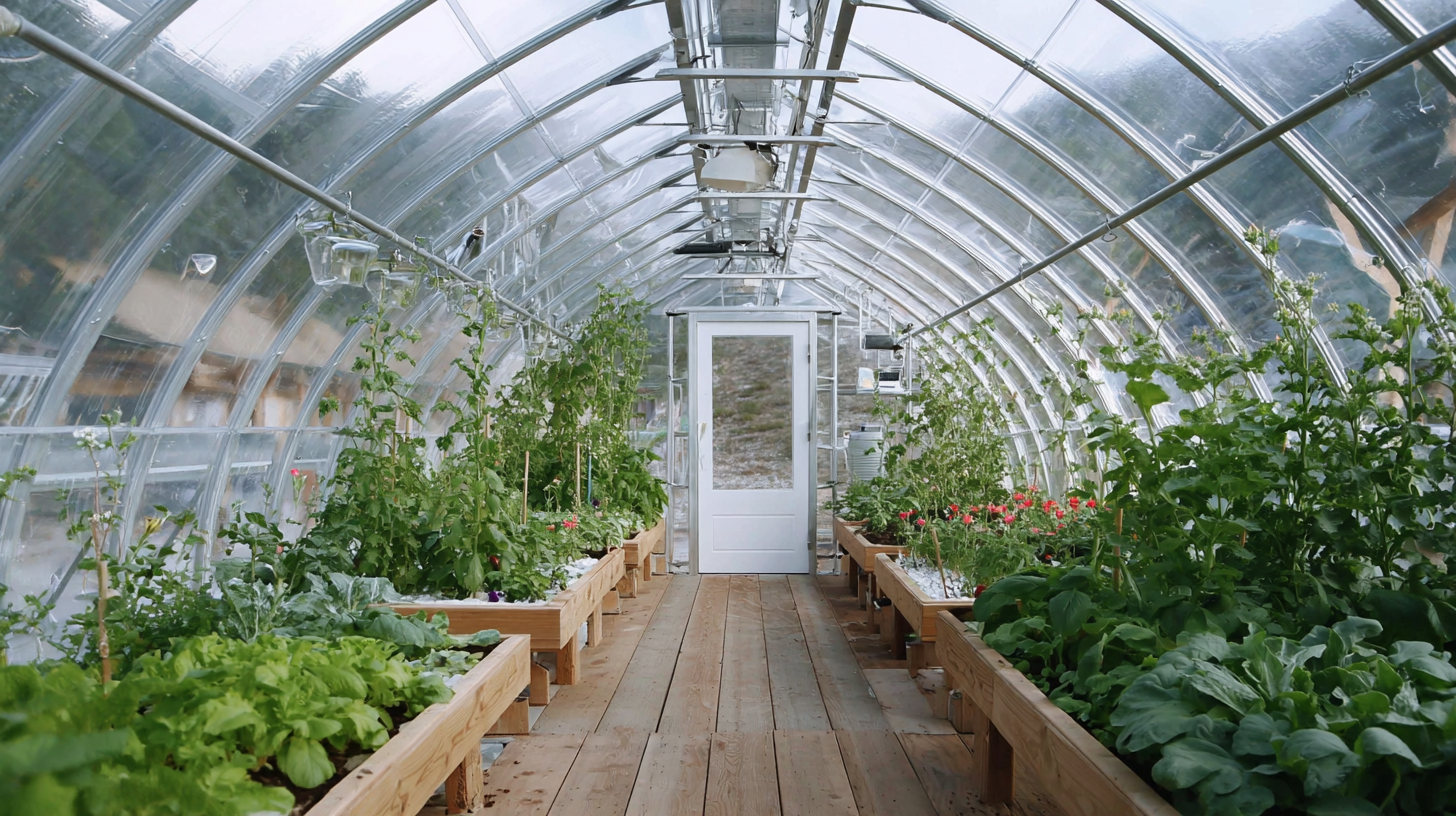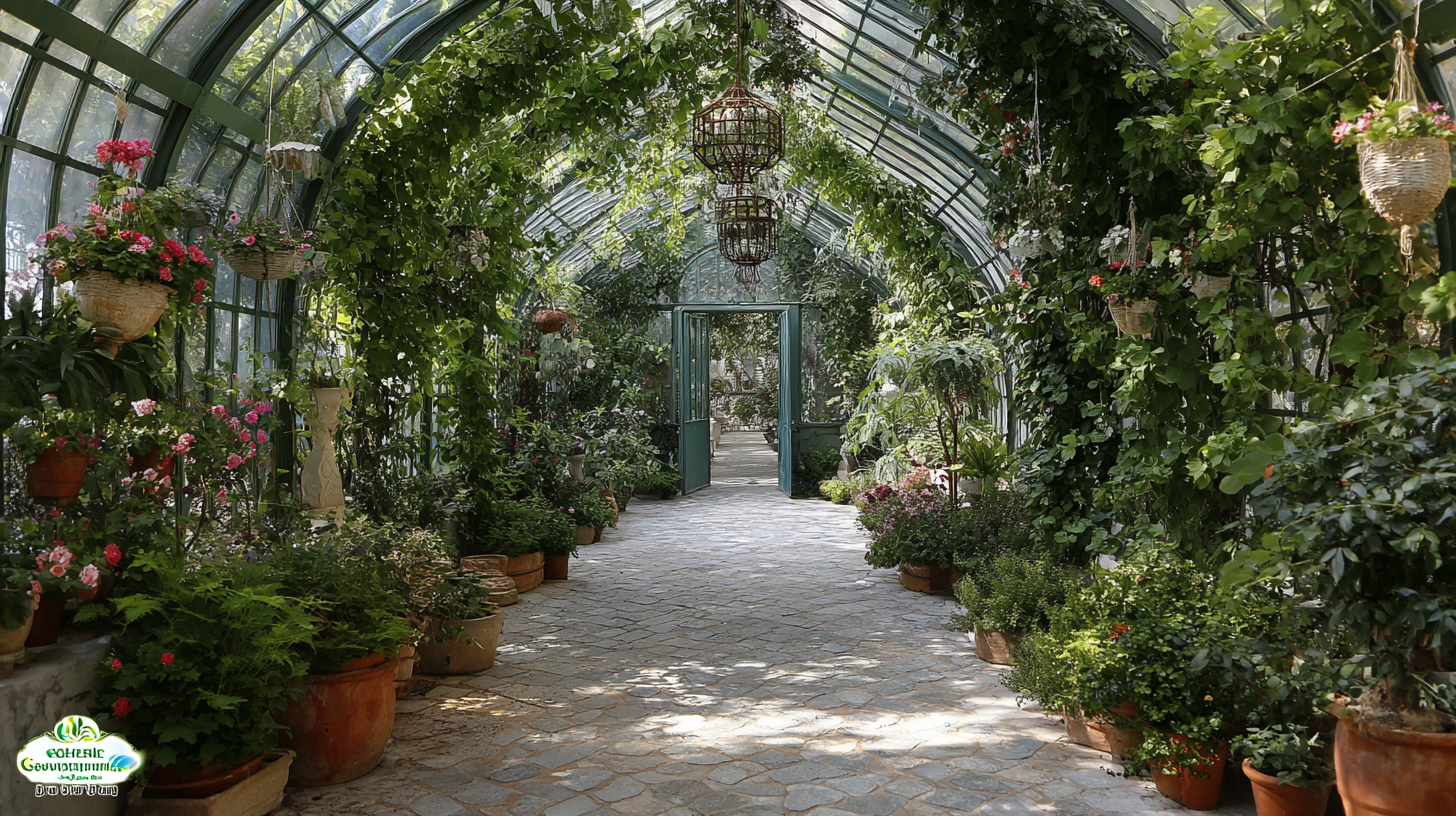
13 Essential Features of the Best Arch Greenhouse You Must Know
In recent years, the popularity of Arch Greenhouses has surged among both hobbyists and commercial growers, driven by their efficiency in maximizing light exposure and minimizing material costs. According to a report by the American Society for Horticultural Science, greenhouses designed with an arch structure can provide up to 20% more usable growing space compared to traditional structures, making them a favorite choice for optimizing plant health and yields.
 Furthermore, a study published in the Journal of Agricultural Engineering Research indicates that arch greenhouses are less susceptible to wind and snow loads, enhancing their durability and lifespan. As the agricultural industry increasingly embraces sustainable practices, understanding the essential features of the best arch greenhouse becomes crucial for those looking to invest in this innovative technology. In this blog, we will explore thirteen must-know features that can help you make informed decisions to maximize your growing potential.
Furthermore, a study published in the Journal of Agricultural Engineering Research indicates that arch greenhouses are less susceptible to wind and snow loads, enhancing their durability and lifespan. As the agricultural industry increasingly embraces sustainable practices, understanding the essential features of the best arch greenhouse becomes crucial for those looking to invest in this innovative technology. In this blog, we will explore thirteen must-know features that can help you make informed decisions to maximize your growing potential.
Essential Design Elements for Optimal Sunlight Exposure
When designing an arch greenhouse, one of the most critical aspects to consider is optimal sunlight exposure. The curved structure of an arch greenhouse is inherently advantageous because it allows sunlight to penetrate from multiple angles throughout the day. This design minimizes shadows cast by the greenhouse itself and maximizes the amount of direct sunlight reaching the plants. Choosing the right location for your greenhouse is essential; ideally, it should be positioned in an area that receives full sun exposure, away from tall trees or buildings that could obstruct light.
In addition to the arch design, selecting high-quality, clear polyethylene film for the covering can significantly enhance light transmission. This material not only allows more sunlight to filter through but also provides insulation that helps maintain a stable internal temperature. Furthermore, incorporating ventilated panels and strategically placed doors will facilitate air circulation, preventing the buildup of heat and humidity while ensuring that plants receive adequate light.
By focusing on these essential design elements, your arch greenhouse can become a thriving environment that supports healthy plant growth year-round.
Energy Efficiency: How Arch Structures Minimize Heating Costs
When it comes to energy efficiency, arch greenhouses stand out as a superior choice for sustainable gardening. The unique shape of an arch structure not only maximizes sunlight exposure, but it also naturally promotes better heat retention. This design minimizes heating costs, especially during cooler months, allowing plants to thrive while saving on energy bills.
Tip: To enhance the energy efficiency of your arch greenhouse, consider using double-layered polycarbonate panels. These panels create an insulating air layer that can significantly reduce heat loss, providing an ideal growing environment.
In addition, the airflow dynamics within arch greenhouses contribute to even temperature distribution, reducing cold spots often found in traditional greenhouse designs. Proper placement in relation to the sun can leverage passive solar heating, further minimizing reliance on artificial heat sources.
Tip: Incorporate thermal mass elements, like w.water barrels, within your greenhouse. They absorb excess heat during the day and release it slowly at night, ensuring that your plants remain warm without heavy energy expenditure.
Durability and Weather Resistance: The Advantages of Arch Greenhouses
When considering the best arch greenhouses, one of the standout features is their exceptional durability and weather resistance. These greenhouses are specifically designed to withstand harsh environmental conditions, making them an excellent investment for serious gardeners. The curved design of arch greenhouses helps to shed snow, wind, and rain, reducing the risk of structural damage during extreme weather events. This resilience not only protects your plants but also ensures that your greenhouse can stand the test of time.
Tips: When selecting an arch greenhouse, look for materials that offer high resistance to rust and UV damage, such as galvanized steel or aluminum frames. Additionally, consider greenhouses with thick polycarbonate panels, as they provide better insulation and durability than traditional glass options.
Another important aspect of arch greenhouses is their ability to maintain a stable internal environment, which is crucial for plant growth. The shape allows for excellent airflow and natural light penetration, both essential for optimal growth. Choosing a greenhouse with adjustable ventilation can further enhance this benefit, ensuring that your plants thrive regardless of external conditions.
Tips: Always verify the local climate conditions before setting up your greenhouse. Adjusting the ventilation based on seasonal changes will help keep the environment inside your arch greenhouse conducive for various plant types throughout the year.

Space Maximization: Utilizing Vertical Growing Techniques
Maximizing space in small gardens is becoming increasingly important, particularly with the rise of vertical gardening techniques. Vertical farming has revolutionized the way we approach limited outdoor areas by utilizing vertical space instead of expanding horizontally. This method not only optimizes the footprint of your garden but also enhances productivity. By growing vegetables such as cucumbers and climbing beans on trellises, gardeners can significantly increase their harvests while freeing up ground space for other plants.
Incorporating elements like living walls into your outdoor space can add both aesthetic appeal and functionality. These vertical gardens allow for a diverse array of plants to flourish, transforming barren walls into lush green backdrops. Additionally, they can help insulate spaces and improve air quality. With the right design and arrangement, vertical gardens make even the smallest outdoor areas feel expansive and vibrant, making them an excellent choice for urban gardeners looking to maximize their space.
Cost-Effectiveness: Evaluating the Budget Benefits of Arch Greenhouses
When considering an arch greenhouse, one of the most compelling aspects for buyers is its cost-effectiveness. These structures, characterized by their curved roofs, not only provide significant savings in materials but also reduce heating costs, making them a smart investment for gardeners and commercial growers alike. The natural aerodynamic shape minimizes wind resistance, which alongside less structural reinforcement needed compared to traditional greenhouses, results in a lower overall expenditure.
In addition to initial savings, arch greenhouses offer long-term financial benefits. Their design allows for optimal sunlight penetration and effective heat retention, which can enhance plant growth while minimizing energy costs. This advantage leads to higher crop yields and better quality produce, ultimately translating into increased profits. Furthermore, with relatively low maintenance requirements, arch greenhouses enable growers to allocate fewer resources towards upkeep, allowing for reinvestment into other areas of their operations. Choosing an arch greenhouse can thus be a practical and economical solution for both hobbyists and professionals in the agricultural sector.

